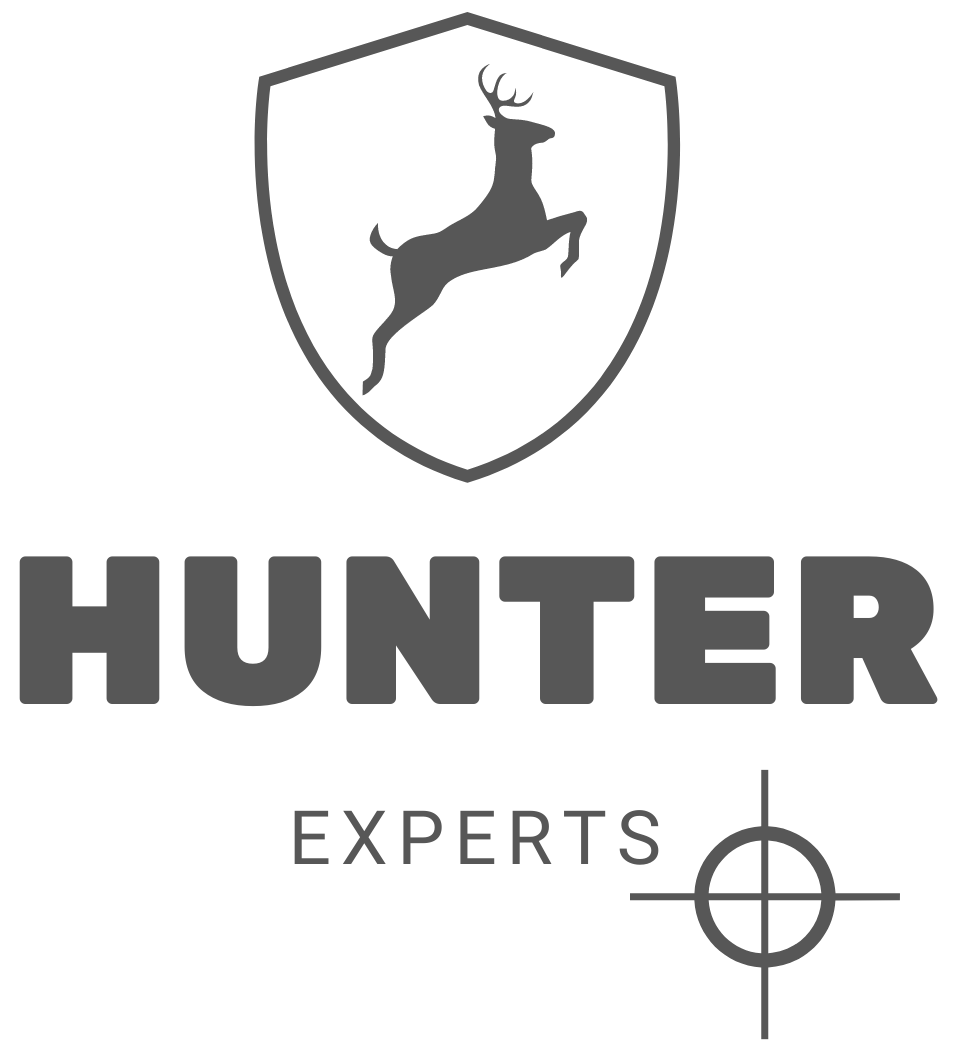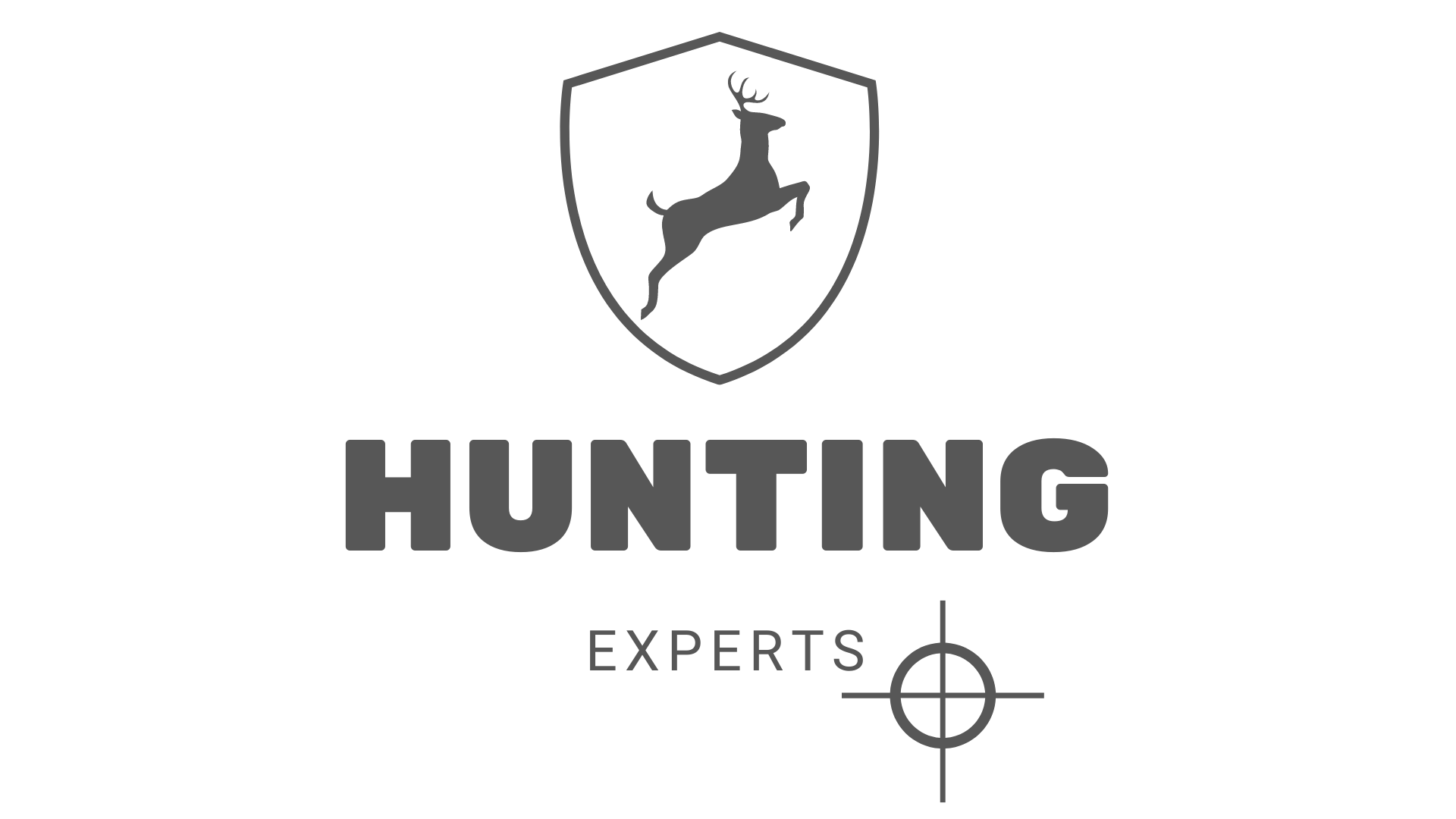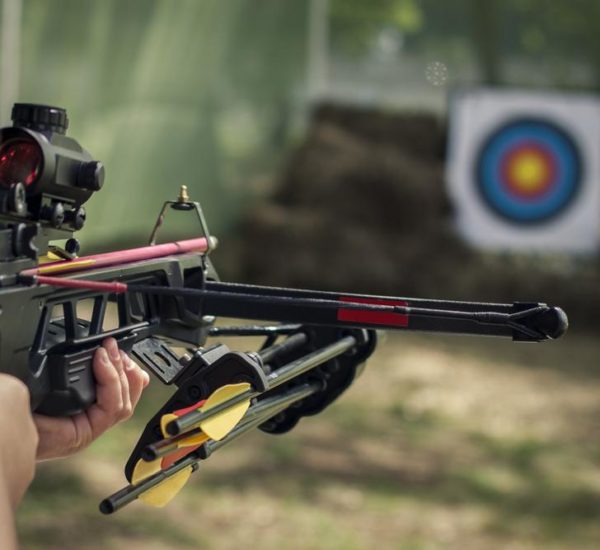The best binoculars are pretty expensive and can cost a small fortune. But that doesn’t mean you have to settle for less.
You too can get a decent binocular— for just under $200!
In this article, I’ll be going over the best hunting binoculars in 2023, and I do not doubt that you’ll find one that you like.
Top 6 Best Hunting Binoculars Under 200 in 2023
Gosky 10×42 Roof Prism
If you want the very best, you have to be willing to pay for the very best. The binoculars are a bit on the high side, but it backs up its price pretty well. It has a 10x magnification and a wild field of view that allows you to see to the depths of the horizon. It’s pretty durable too, as it’s fog-proof and waterproof. It also comes with an O-ring that easily repels lint, dirt, and debris.
The images from these binoculars are sharp, thanks to its HD extra-low dispersion glass that provides superior color fidelity and resolution. To round it all off, it comes with a smartphone adapter. Without a doubt, this binocular is the very best hunting binoculars under 200 in 2023.
Pros
- It has very solid and durable construction with an O-ring seal
- It works pretty well in low light conditions
Cons
- It’s close to the $200 line
Takeway
It’s relatively expensive, but quality doesn’t come cheap— most times, at least.
Celestron – Nature DX 8×42
These Celestron binoculars are precisely what you want by your side on a hunt. They come with Bak-4 Prism lenses with phase coating and have an 8x magnification and 42mm wide objective lenses. These lenses would do a near-perfect job when it comes to helping you track down targets in the wild. They can even help you during low light conditions as well. And like every other binocular on this list, they cost well under 200$. It’s undoubtedly the best 8×42 binoculars under $200.
Pros
- It comes with 40mm wide lenses
- It has multi-coated optics
Cons
- It’s very heavy
Takeway
Decent pair of binoculars for a reasonable price— this is one you should look out for.
Nikon 8×30 Prostaff 7S
These binoculars are good for everything. Whether it’s brief watching, hiking, or even hunting— the Nikon Prostaff will serve you well. The binoculars will provide high resolution with color production that is certainly very close to perfect.
It’s outfitted with a 30mm objective lens and a 9x magnification. It comes with a turn and slides rubber eyecups that let the users adjust the eye-relief to precisely what they want. The binoculars have an ergonomic design that makes it even easier for the binoculars to be held for long periods. It’s built with a rubber-armored coating that will handle any and everything— including the most extreme conditions. In addition to this, the binoculars are nitrogen-filled, which means it’s wholly fog-proof and waterproof.
Pros
- It has a 30mm objective diameter lens
- It is waterproof and fog-proof
- It comes with a custom-fit eye relief
Cons
- The lens cover isn’t of the most outstanding quality
Takeway
This is a decent choice if you’re looking for lightweight binoculars for hunting. However, since it only has an 8x magnification, you probably shouldn’t expect world-class performance.
Bushnell Falcon 133410
Hunting can be a costly hobby, especially if you want to do it right. You’ve got to buy arrows, a bow, and you’ve got to go camping in the woods for a real authentic experience— and that’s only if you’re bow hunting. It costs more if you’re rifle hunting. Even getting binoculars can be expensive. But the Falcon 133410 from Bushnell is a welcome departure from the path of costly binoculars. It’s probably the cheapest (although you can still find cheaper) on this list and still manages to retain a lot of functionality
For one, it has a 35mm lens diameter, which allows a 420-foot field of view at 1,000 yards. Of course, there are many binoculars with a larger objective lens diameter, but none are relatively cheap. It has a 7x magnification and 12 millimeters eye relief is not industry-leading but is excellent for its price. The binoculars are great for all manner of activities, including bird watching, hunting, and many other activities. The eyepiece’s design is also very durable, as it comes with a rubberized finish that stops it from falling apart even when dropped. It’s also great for people who wear eyeglasses (very few binoculars can boast of this), as fold-down eyecups protect your lens from scratches. It also comes with a convenient storage case with straps.
It’s undoubtedly one of the best bird watching binoculars under 200.
Pros
- It has an instant focus feature
- It’s very cheap— at least compared to higher grade binoculars
Cons
- It’s a bit bulky
- It only has a 7x magnification
Takeway
If you don’t have enough money to buy the more expensive camera brands, you should check out the Falcon Series.
Landview 20×50 Roof Prism
The Landview prism binoculars, based on specs alone, are supposed to be higher up this list. However, there are a few problems with its specs. For one, it comes with a 20x magnification, which was pretty underwhelming. I compared it with other binoculars that had only 10x magnification, and it was only marginally better.
But this doesn’t take away the fact that it has a 50 millimeters lens diameter (with BAK4 prism) and a great autofocusing Porro prism. It also has a 20-millimeter eye relief, which would be great for people who use glasses. The great thing about these binoculars is that it’s even capable of being used in low light conditions because of its 50mm objective lenses.
Pros
- It has a 50mm objective lens
- The design is pretty durable
- It’s affordable
Cons
- The 20x magnification isn’t too impressive
Takeway
The binoculars certainly don’t stand out, but it comes at a reasonable price so you may give it a try.
Bushnell PowerView 10 x 50mm
The first thing you notice about the Bushnell PowerView is that it’s a rugged binocular for rugged terrain. As expected, it’s waterproof and fog proof. It can also retain great functionality in the most extreme conditions. It also has a fold-down eye focus, which should be great news for people who use their binoculars with glasses. It comes with a 50mm objective lens diameter, which makes it an excellent choice for low light conditions, and it backs it up with a 10x magnification.
However, the price of the binoculars is pretty steep, and this can be considered off-putting. Asides from that, it doesn’t have a premium feel— even though I suspect that it will end up being somewhat durable. What makes these binoculars sit at the bottom of the pile, despite having great specs like a 10x magnification and a 50mm objective lens, is that many binoculars here, despite being a fraction of the prize, feel a lot better. If only these binoculars were a bit cheaper, then it may have found itself near the top of the pile.
Pros
- It comes with a large 50mm lens
- It’s waterproof and fog proof
Cons
- It’s pretty expensive
- It has a subpar feel and builds
Takeway
If you’ve got money to splurge and don’t particularly care about the build of your binoculars, then you should consider this one.
Hunting Binoculars Buyers Guide
Objective Lens
The objective lens is perhaps the most crucial part of binoculars. The larger the objective lens, the more detail you’ll be able to see. Most hunters would be okay with a 40mm or a 42mm objective lens, but binoculars with lenses that are large are usually very expensive. Even more expensive are binoculars with 50mm lens. But lenses like this are spectacular during low light conditions, as they are wide enough to collect enough light from the environment to render a great image. If you only plan to hunt during daylight hours, you can go for binoculars with objective lenses as low as 35 or even 25mm. However, if you want to hunt later in the evening, you should be looking at lenses of about 50mm.
But you should also know that the larger a lens is, the heavier it tends to be. So, if you want lightweight binoculars that you can fold in your back pocket (for whatever reason!), you may have to get binoculars with no more than a 25mm objective lens.
Magnification
Many people think that bigger is always better with magnification, but that isn’t always true. For most kinds of hunting, a magnification of about 10x is more than adequate. Why not more, you ask. Well, the thing is, the higher the magnification, the lower the image steadiness. And you don’t want to be steadying an image after a long hike up the mountainside.
You could also consider zoom binoculars that offer a lot of magnification without the drawback of unsteadiness. However, very few manufacturers commit to making their Zoom binoculars waterproof, and many of them are certainly not appropriate for hard use. Many people believe that getting a 10x binoculars is way better than getting a 7x one— but the difference is negligible, especially as the images get unsteady the higher the magnification. If you want to get more magnification, the right thing to do is to get a spotting scope. That would serve you way better than getting binocular with a 20x magnification, for example.
Focus Type
There are roughly two types of focus that binoculars come with. They can come with either an individual eyepiece focuses or a central focus. From experience, I can say that individual eyepiece binoculars are pretty good when trying to do long-distance work. Another reason why these kinds of focus are so great is that they have no external parts and are much easier to waterproof than binoculars with centerpiece focus.
Eye Relief
If you wear glasses, you’d know that eye relief is a significant thing to consider when getting binoculars. And if you didn’t know that, well, now you know. This is described as the distance that a user can hold their binoculars from their eyes. If you wear glasses, you should get models that measure about 12 to 15 millimeters. You must check the eye relief of your binoculars because, with lousy eye relief, you’ll undoubtedly get a much-reduced field of view.
Field of View
This refers to the area you’ll be able to visualize using your binoculars at a distance of about a thousand yards. A lower field of view means that what you’re seeing would be narrower, while a higher one means your field of view will be more expansive. Or course, as magnification increases, your field of view will become smaller as it zeroes in on a particular object.
FAQ
What should I look for when buying hunting binoculars?
Here’s a summary— lookout for great objective lens diameter, decent magnification, and other reviews (like the one here!).
What are the best binoculars for hunting deer?
Deers are woodland animals, so you’re probably going to be in rugged terrain. You’d need pretty durable binoculars. You also don’t have to worry too much about magnification when hunting deer because you’re not working with great ranges. Since a lot of deer hunting goes on in low light conditions, you’ll be needing binoculars with a broad objective lens.
Do I need waterproof binoculars?
You may think binoculars’ waterproofing is unnecessary because, well, you don’t go hunting in the sea. But that’s far from the truth. It would help if you got waterproof binoculars because asides from protecting against water, they also stop dirt and debris from entering the binoculars.
Summary
The very best binoculars under $200 may not look glamorous— but they are beneficial. The important thing is you don’t have to break the bank to get great hunting binoculars. This list of the very best hunting binoculars under 200 in 2023 will help you choose cheap and durable hunting binoculars for your trips.











